What is Spondylolisthesis?
Spondylolisthesis refers to the forward displacement of a vertebra, most commonly in the lower back. It can be caused by a fracture, degenerative changes, or a congenital defect in the spine. This condition may lead to back pain and leg symptoms due to nerve compression. Mr. Irfan Malik provide a range of treatments to stabilize the spine and relieve symptoms.









